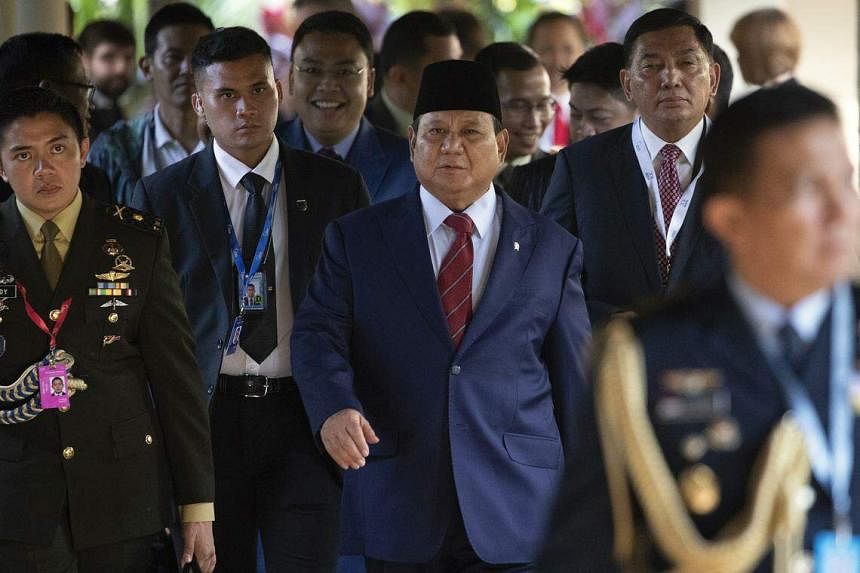When Indonesia’s Defence Minister and presidential hopeful Prabowo Subianto unveiled his peace plan for Ukraine at the International Institute for Strategic Studies Shangri-La Dialogue in Singapore earlier in June, he probably knew he would create a ripple of reactions worldwide.
Understandably, his proposal was met with disbelief and scepticism by Western officials. His multi-point plan called for the “immediate cessation” of hostilities between Russia and Ukraine, followed by the creation of “demilitarised zones” using the current front lines, the deployment of United Nations peacekeeping troops and eventually UN-monitored referendums in the “disputed territories”.
Already a subscriber? Log in
Read the full story and more at $9.90/month
Get exclusive reports and insights with more than 500 subscriber-only articles every month
ST One Digital
$9.90/month
No contract
ST app access on 1 mobile device
Unlock these benefits
All subscriber-only content on ST app and straitstimes.com
Easy access any time via ST app on 1 mobile device
E-paper with 2-week archive so you won't miss out on content that matters to you

